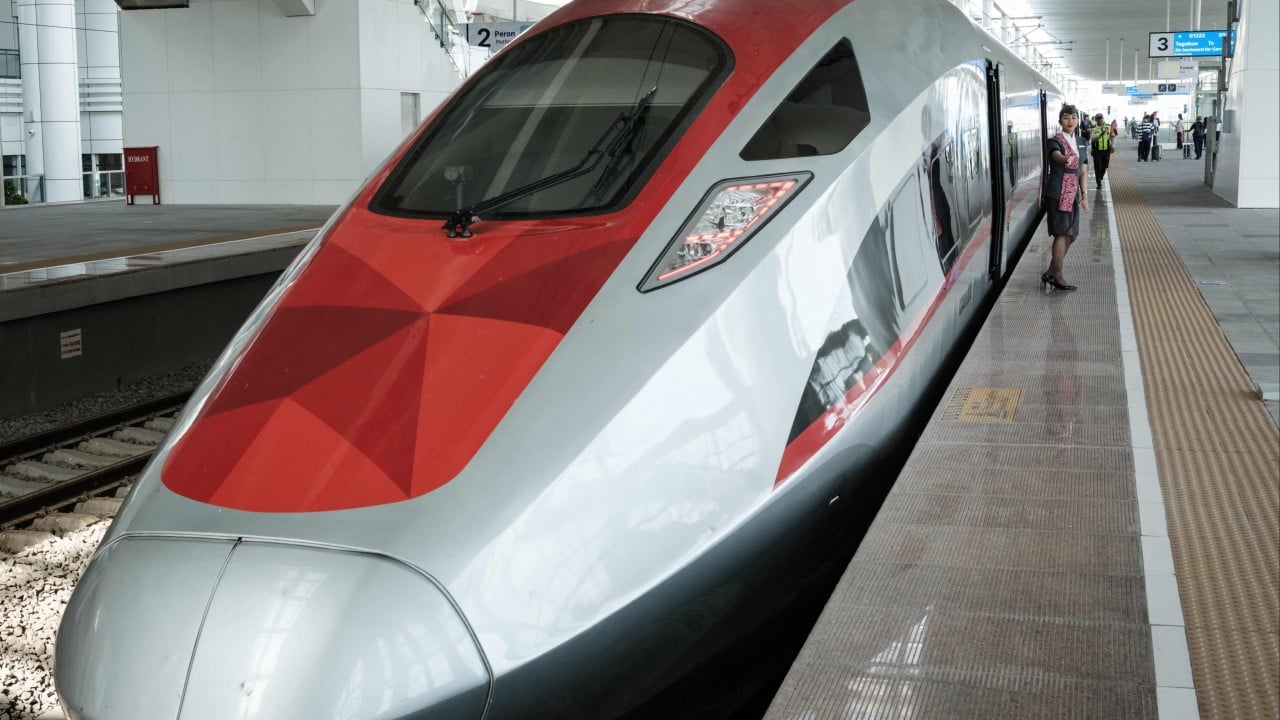China’s role as Southeast Asia’s largest infrastructure financier is increasing its regional influence at a time when the United States and the European Union are slashing their foreign aid budgets, a new report by an Australian think tank said.
Advertisement
With the Trump administration in the United States scrapping about US$60 billion in aid and European countries pulling back more than US$25 billion, “the centre of gravity” in Southeast Asia’s development finance landscape “looks set to drift East, notably to Beijing, but also Tokyo and Seoul”, the Lowy Institute report, which was released today, said.
“China is the single largest partner on infrastructure financing in Southeast Asia, but traditional donors combined still outspend it,” the report’s lead authors, Alexandre Dayant, Grace Stanhope and Roland Rajah, wrote. “As Western aid declines and China recalibrates its strategy, Beijing is well positioned to regain dominance.”
Southeast Asia’s traditional partners include countries such as the US and Australia, and international organisations such as the United Nations, the Asian Development Bank and the World Bank.
With the US expected to cut its foreign assistance by 83 per cent this year, the retrenchment of funds from Europe and tariff uncertainties undermining trade ties between the US and other countries, China is enhancing its influence in the region through infrastructure connections. Recent examples include work on high-speed railway links with Vietnam and Thailand.
Advertisement
China International Development Cooperation Agency spokesman Li Ming told a news conference in March that China’s “principles related to foreign aid, including non-interference in internal affairs, no political strings attached and no empty promises made, will not change”.
“A major country should act like a major country by shouldering its due international obligations and fulfilling its responsibilities, rather than renege on its promises, be mercenary or bullying,” he said.

